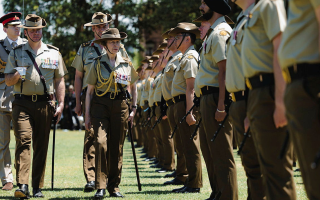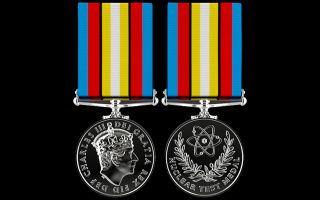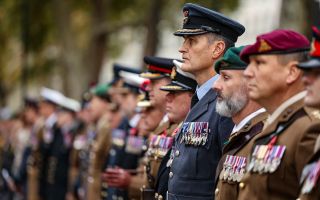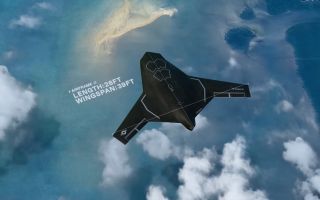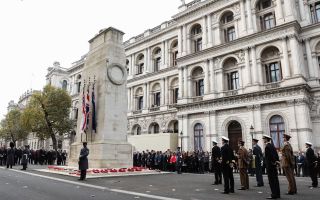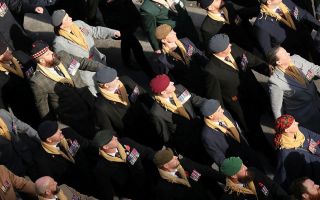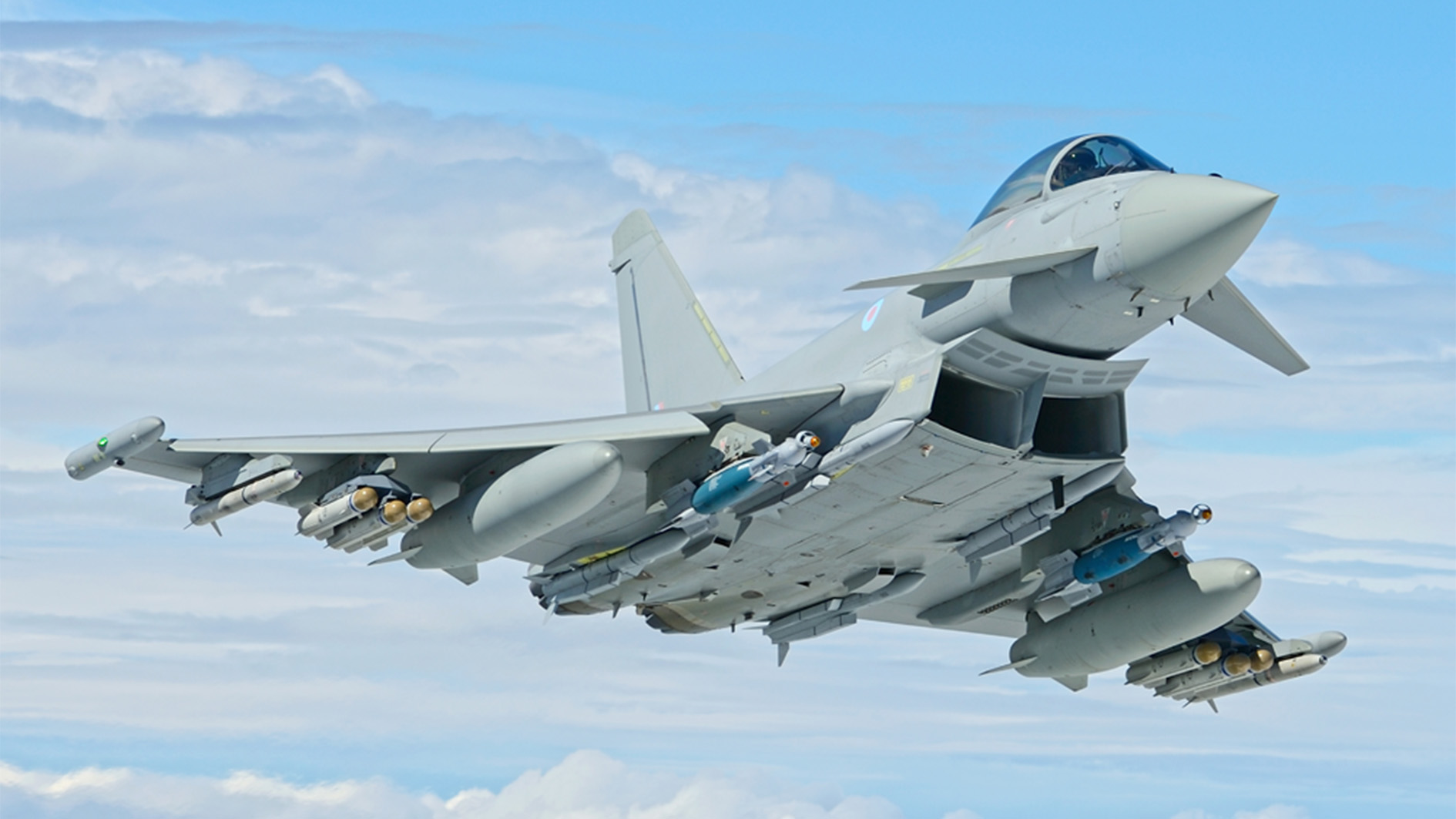
Signal, gesture, escort or shoot? How Russian planes flying in Nato's skies are intercepted

Three Russian MiG-31 fighter jets allegedly cut into Estonian airspace for 12 minutes last week, prompting Italian F-35 fighter jets to intercept Moscow's aircraft and escort them out of Tallinn's airspace.
Foreign Secretary Yvette Cooper said that the UK will "confront" Russian aircraft after several incursions of Nato airspace – in Poland, Estonia and Romania – by Russian aircraft and drones in recent weeks.
Meanwhile, US president Donald Trump said that Nato countries can "shoot down" Russian aircraft if they penetrate the alliance's airspace.
Two Hungarian Gripen fighter jets intercepted five Russian aircraft, including a Su-30, a Su-35, and three MiG-31s, flying close to Latvia's airspace only yesterday, Nato Air Command said.
BFBS' Sitrep podcast, which analyses the top defence stories of the week and is available wherever you get your podcasts, spoke to Air Marshal (Retired) Greg Bagwell about how intercepts are carried out, the options for the pilots, and the risks involved.
How are intercepts carried out?
Mr Bagwell said that the Royal Air Force conducts interceptions "relatively regularly".
The former RAF pilot told Sitrep that UK aircraft, often two, would come alongside or behind the unknown aircraft to make visual signals, including hand signals, to the unidentified plane if they failed to comply with radio instructions.
"So, you need to go alongside, tell them that they're in the wrong place and politely invite them to leave," he explained.
"It's as simple as that. You literally find them and make some signals and gestures."
The Air and Space Power Association president added that there are internationally known gestures that aircraft can give to one another, as the crews may be within range to see each other.
What options do the pilots have in the situation?
If the anonymous aircraft does not comply with the hand signals, there are several ways to escalate the situation to deter the aircraft from going ahead with its mission.
An armed aircraft involved in the interception could display that it is carrying air-to-air missiles to warn off the possible enemy aircraft, Mr Bagwell said.
"An aircraft would then show the belly of its aircraft," he said. "It would literally show, 'I am an armed aeroplane, you're in the wrong place'.
"It would continue to make radio calls, which, of course, may well be ignored."
Nato aircraft would then continue to track the mystery aircraft and make sure that the aircraft does not stray into dangerous territory.
After that, if the signals are still being disregarded and the aircraft heads towards a city like Tallinn, for example, "the situation changes quite dramatically".
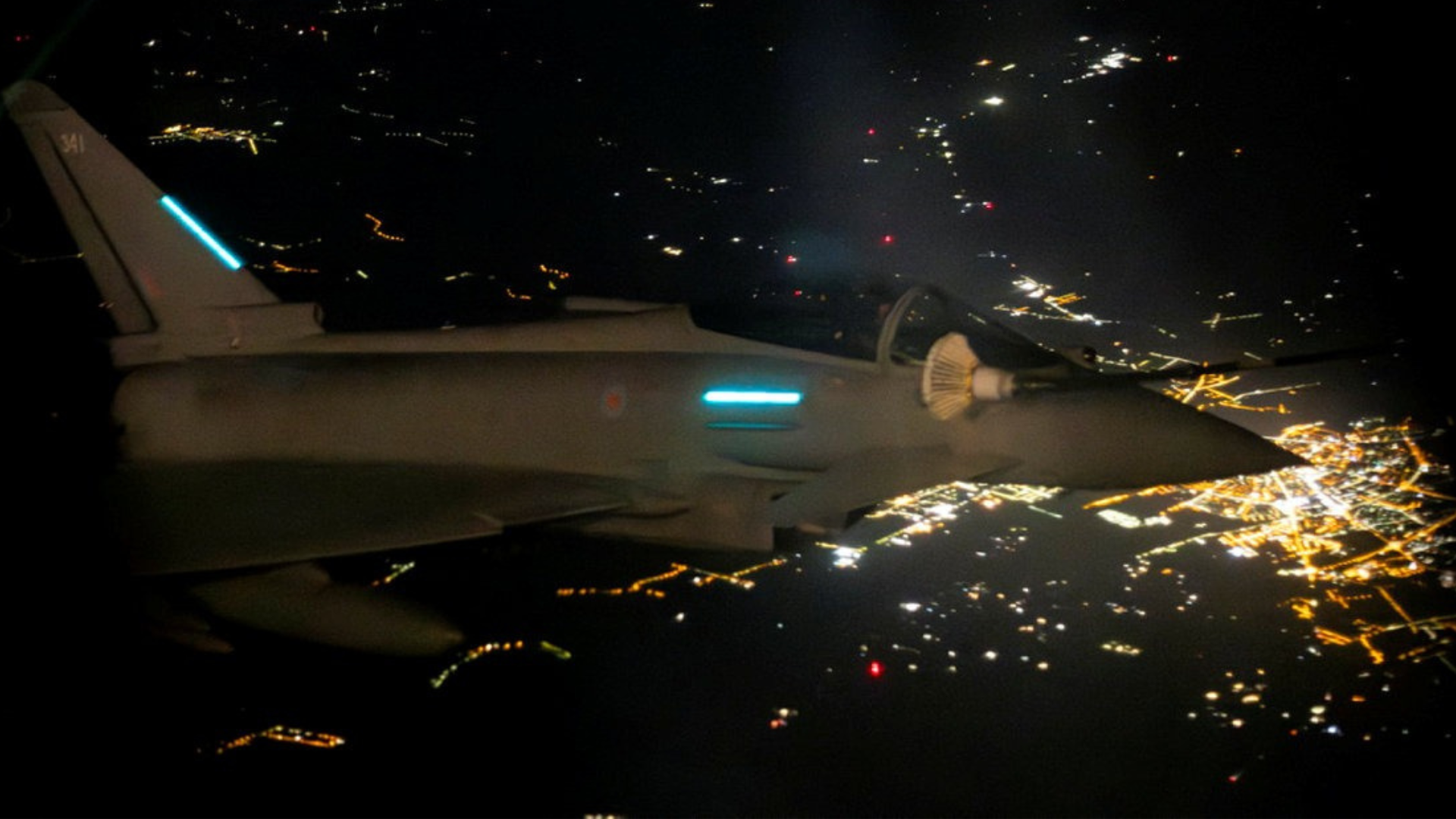
The next step is to fire warning shots. The aircraft have guns that can fire tracer rounds, which can be seen in the sky as a secondary warning.
Mr Bagwell described that, as a last resort, Nato aircraft could specifically target the aircraft, and the alliance's aircraft could threaten to launch a missile.
"Although one aircraft will be alongside sending signals, one will be behind them," he said.
"If that point comes, starting to lock them up on radar and make it crystal clear that the next warning is going to be a missile."
What are the risks involved in an interception?
AM (Ret'd) Bagwell went on to say that the pilots taking part in these interceptions would be a "little bit nervous".
Despite the pilots' tension, the crews are well-trained to deal with these situations and are aware of what to do.
However, Mr Bagwell added that crews must have their "wits" about them, in case Russian aircraft deviate from the standard protocol.
"You stay on your guard, you absolutely watch for any bad behaviour from the Russians," he concluded.
"We've seen it previously where they'll try [to] manoeuvre their aircraft to try [to] create a problem.
"You have to be on your wits, and you have to make sure that you stack all the odds on your side."
You can listen to Sitrep wherever you get your podcasts, including on the BFBS Forces News YouTube channel.

